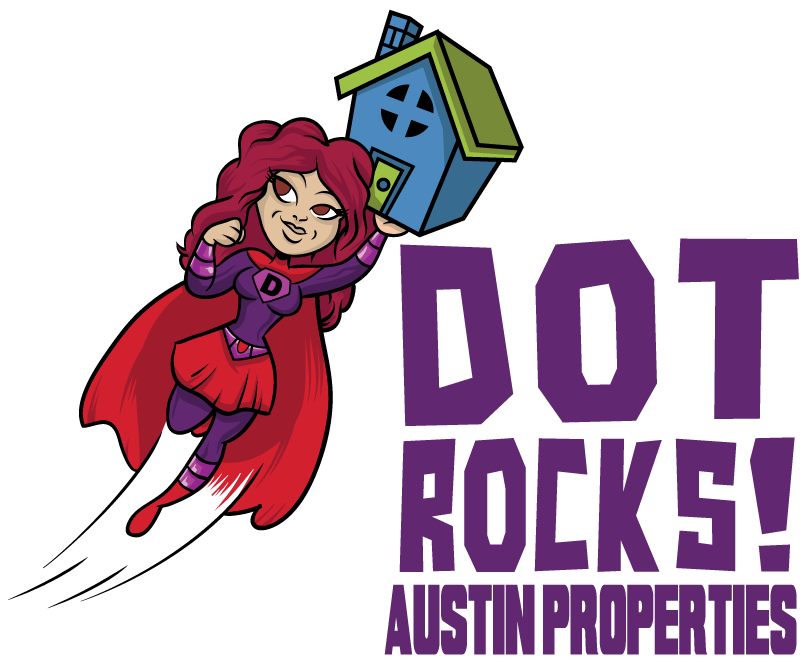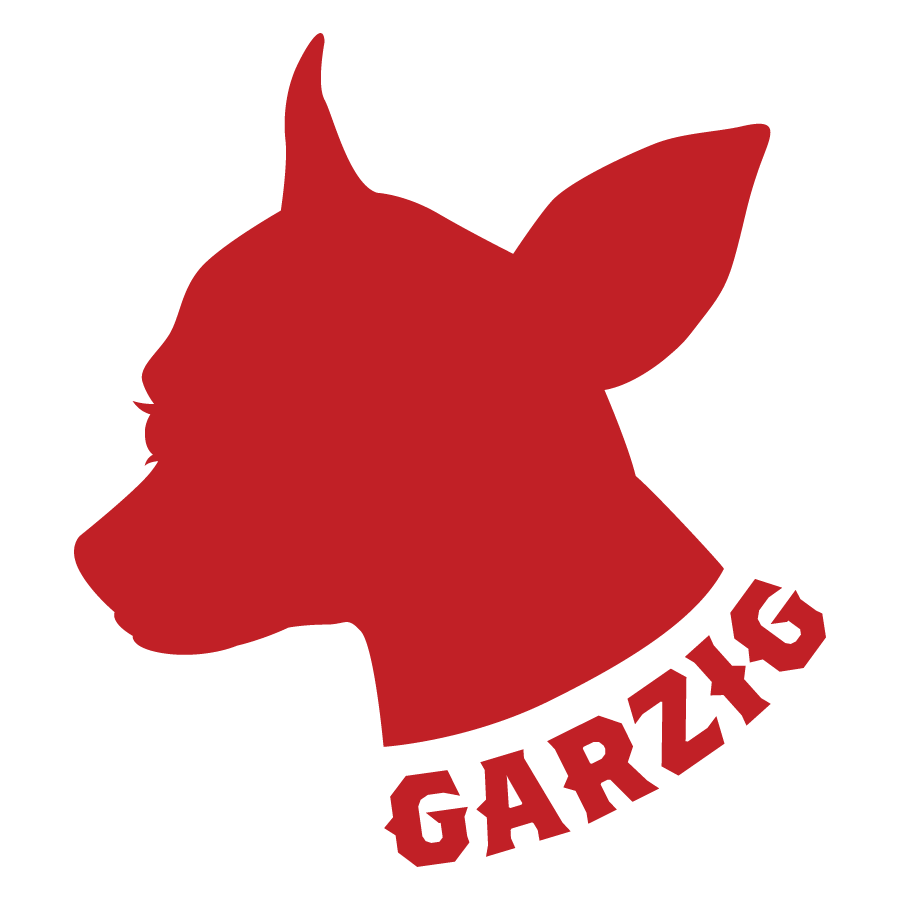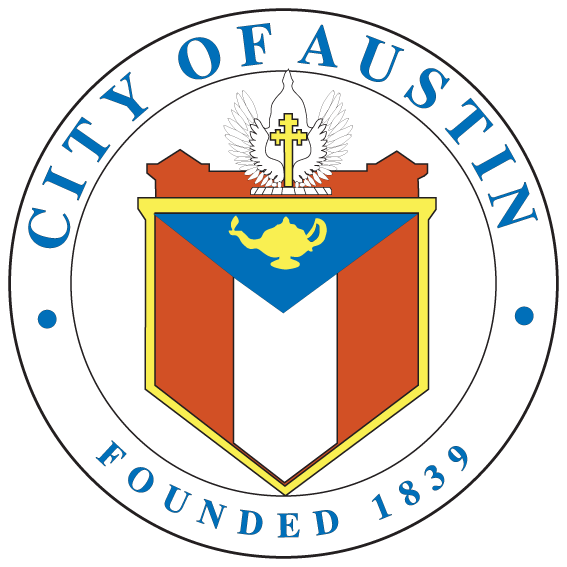How is Flat Track different from traditional roller derby?
We ditched the script. In the old days, stunts were choreographed to help insure the safety of the skaters and to add flair to the games. All present day versions of roller derby are 100% real hits, real falls, and real athletes going head to head.
Why Flat Track instead of Banked Track?
One of the most obvious differences between old school roller derby and Texas Rollergirls Rock’n’Rollerderby is the playing surface. Flat track roller derby was developed so that it can be played almost anywhere. All you need to get started is skates, safety gear, a smooth, flat space, and the willingness to go helmet-to-helmet with other skaters. Tennis courts, basketball courts, parking lots, and skating rinks can instantly become a Flat Track Derby venue.
Is it OK to bring my kids to a bout?
Texas Rollergirls bouts are family-friendly. We also offer free admission to kids 5 and under. Texas Rollergirls are role models, and we take the importance of sports for young people very seriously. Bring the kids! It’ll be good for ‘em!
How long is a Flat Track bout?
The official game length for inter-league play, as defined by WFTDA, consists of two 30-minute periods. We try to start around 6pm and finish by 8pm on single header bout nights.
What is the Women’s Flat Track Derby Association?
The WFTDA was formed in 2005 to regulate the new sport of Flat Track Derby. It started as an online discussion group of skaters who wanted to share ideas and support each other. Now it’s an official membership organization which sets the rules and standards for the game and facilitates networking and collaboration among members.
The WFTDA mission statement spells it out:
“The mission of the WFTDA is to promote and foster the sport of women’s flat-track roller derby by facilitating the development of athletic ability, sportswomanship, and goodwill among member leagues. The governing philosophy is, “by the skaters, for the skaters.” Women skaters are primary owners, managers, and operators of each member league and of the coalition. The operational tasks of the coalition are to set standards for rules, seasons, and safety, and to determine guidelines for the presentations of the national and international athletic competitions of member leagues. All member leagues have a voice in the decision-making process, and agree to comply with the governing body’s policies.”
How can I become a Texas Rollergirl?
Texas Rollergirls usually have tryouts twice a year, mid season and in the fall after our home season is over. We also have a Rec League for those who want to learn to skate and play roller derby in less competitive enviroment. We have sessions all year round, so sign up to have some fun!
Am I too small/too big to play?
There is no ideal build for a skater. There’s a place for skaters of all shapes and sizes in Flat Track Derby. The numero uno requirement for success is to be as fit as possible. That means developing stamina and building muscular strength—both for skating power and to prevent injuries.
You know we say it all the time: Size doesn’t matter.
A small frame can be an advantage on the track—you only need a small opening to slip through, and you’re a smaller target for the blockers. Petite girls who work on their speed can excel as jammers—and some of the hardest hits can be delivered by small blockers who develop their muscle mass.
On the other hand, bigger skaters can make formidable blockers and represent both a psychological and physical obstacle for other players. It’s just harder to get around a big skater!
A plus-size skater who trains for speed can also become an outstanding jammer, taking out her opponents while she scores points on them.
Do I have to have sports experience or be a skating superstar to play?
Previous sports experience isn’t a requirement—and in some leagues, rookies are still learning how to roller skate. While having a sports background may make you a star faster, you don’t have to be a lifelong jock to join, learn, or play Flat Track Derby.
How often do you practice?
We have multiple league and team practices every week that focus on endurance training (how many circles can one Rollergirl skate in their lifetime?), derby-specific drills, scrimmage games, and strength work. Most Rollergirls are so hooked on skating, we get out on our wheels as often as we can: bike paths, parking garages, open sessions at the rink, skateboard parks, city sidewalks, and our kitchen floors are all fair game.
Cross-training and weight lifting are important for injury prevention and because our bodies take such a beating, we rely on therapeutic TLC like stretching, massage, chiropractic visits, pilates, and yoga to keep us in top shape.
Do Texas Rollergirls get paid?
Flat Track skaters do not earn a salary or hourly wage for playing our sport. We buy our own equipment, gear, and uniforms. All that hair dye, tattoos, replacement pads, and zippy wheels adds up, too! Some of the costs of keeping us rolling is offset by sponsorships and donations, but we’re still Do It Yourself, and glad to keep it that way.
We all play Flat Track Derby because we love it and our league is set-up as a non-profit organization. The bottom line is we just want to keep skating and promote the sport of roller derby throughout Austin and the world.










